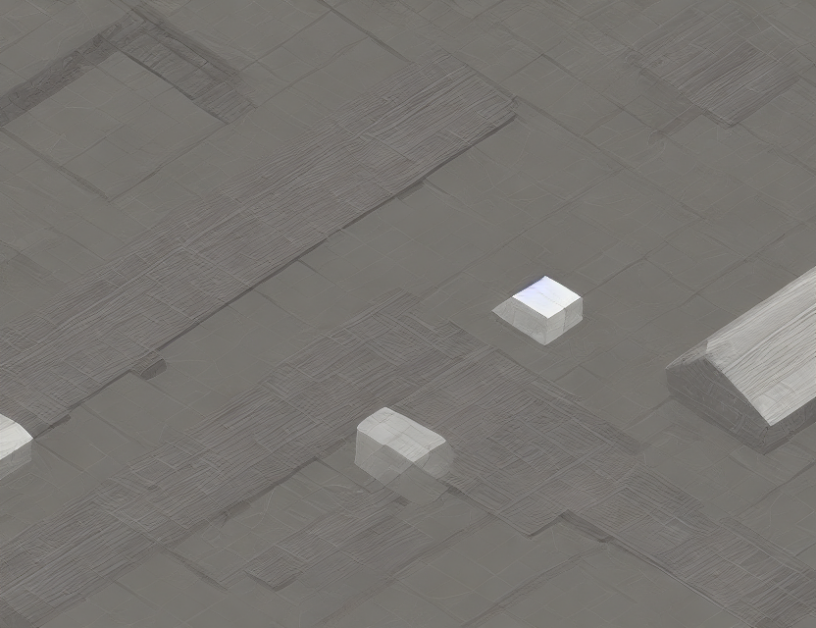Imagine taking a photo with a smartphone camera, but instead of storing the entire image, you only keep a small portion of it. This is similar to compressive sampling, where you reduce the amount of data used to represent an image while still maintaining its quality. In this article, we explore how compressive sampling can be used for image reconstruction and improve the efficiency of this process.
We begin by understanding the context of the research, which involves using a model that maintains clear interpretability and achieves competitive performance compared to other state-of-the-art methods. To enhance performance and reduce redundancy, we incorporate ResNeXt and the SE block into our proposed model. This allows us to significantly reduce the number of learnable parameters while utilizing only one optimization iteration block.
The article then delves into existing optimization-based CS reconstruction methods, such as Basis Pursuit (BP) and Iterative Hard Thresholding (IHT). These methods assume signal sparsity in a specific basis and solve a convex optimization problem to determine the sparsest representation. However, these methods can be computationally expensive and require careful tuning for optimal performance.
In recent years, neural network-based CS reconstruction methods have gained popularity due to their ability to learn complex, non-linear mappings between compressed measurements and reconstructed signals. These methods significantly reduce computational requirements while achieving impressive reconstruction performance. However, these networks are often trained as black boxes, lacking insights from a compressive sampling perspective.
To address this challenge, the article proposes an immediate reconstruction block (IRB) that incorporates residual learning to facilitate the training of deeper networks. The IRB is expressed as a sum of three components: the immediate reconstruction result, high-frequency components missing in the immediate reconstruction result, and any remaining noise embedded in the original data.
The article then reformulates (4) as a linear combination of the immediate reconstruction result, high-pass filter, and denoising operation. This allows us to express the IRB in terms of the original data and its corresponding reconstruction.
Finally, the article concludes by recognizing the importance of exploring the robustness of the proposed model and applying it to other fields. It also acknowledges the need for high-throughput methods that facilitate information transition by incorporating multiple channels in the input and output of the iteration block.
In summary, this article presents a novel approach to image reconstruction using compressive sampling, which reduces computational requirements while maintaining image quality. By incorporating ResNeXt and the SE block into our proposed model, we significantly reduce the number of learnable parameters while utilizing only one optimization iteration block. The proposed method offers a promising solution for improving the efficiency of image reconstruction processes and has important implications for various fields.
Electrical Engineering and Systems Science, Image and Video Processing
Improved Compressive Sampling using ResNeXt and Iterative Hard Thresholding



